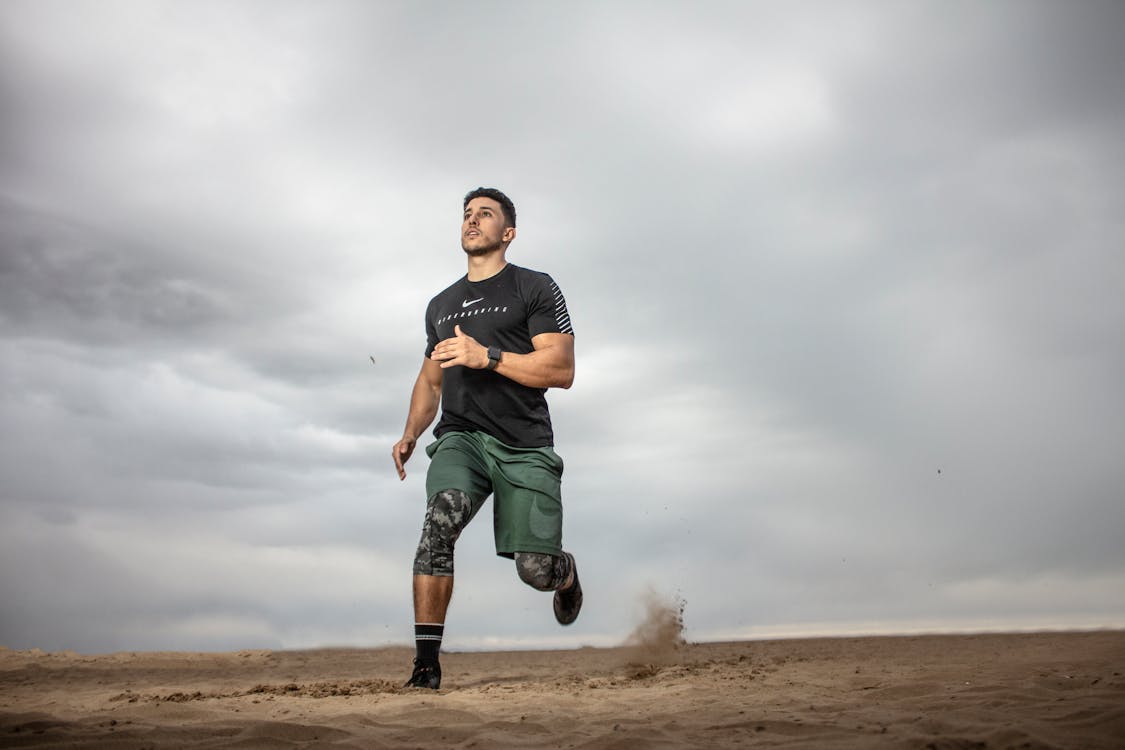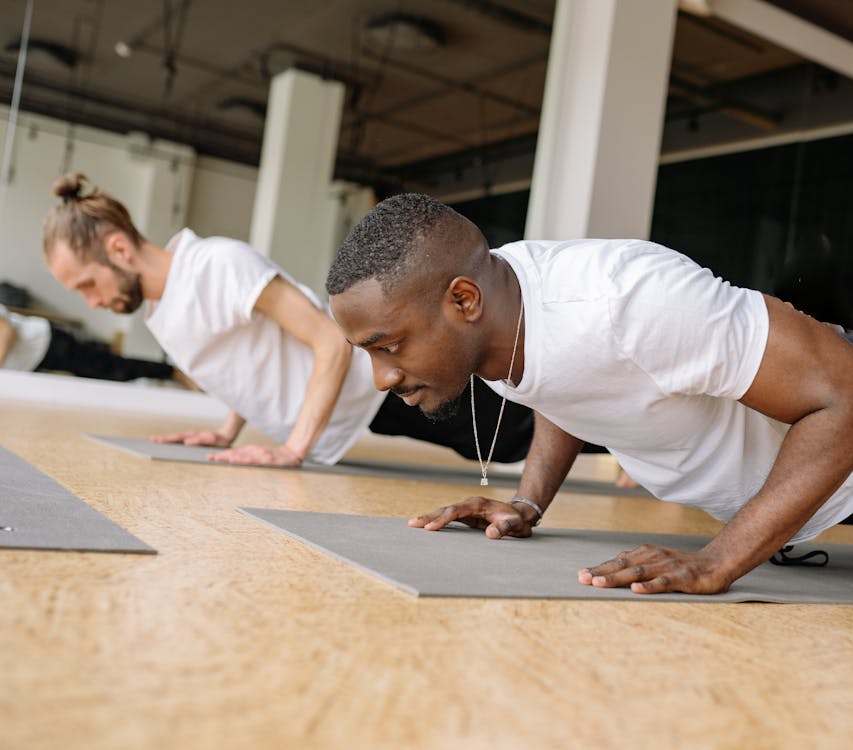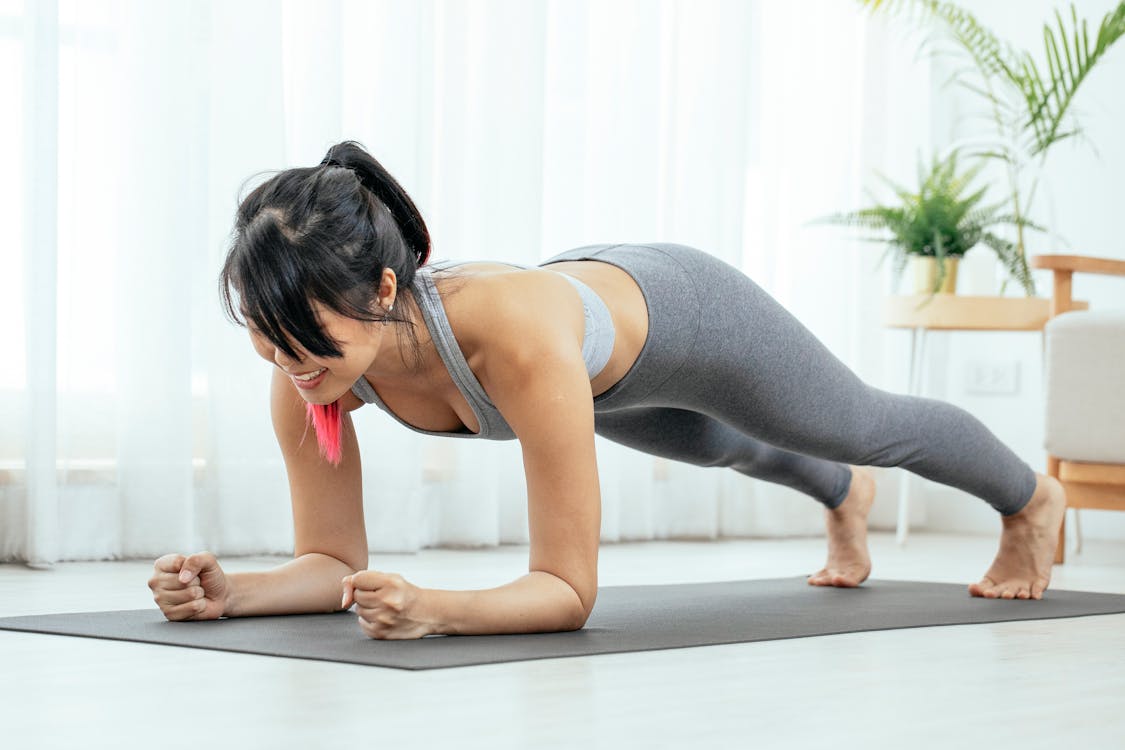Functional Fitness: Exercises to Improve Everyday Movements
Functional fitness focuses on exercises that train your muscles to work together and prepare them for daily tasks by simulating common movements you might do at home, at work, or in sports. By incorporating functional fitness into your workout routine, you can improve your overall strength, balance, and flexibility, making everyday activities easier and reducing your risk of injury. Here’s a guide to understanding functional fitness and some key exercises to get you started.

What is Functional Fitness?
Functional fitness involves training the body for activities performed in daily life. Unlike traditional strength training, which often isolates specific muscles, functional fitness exercises engage multiple muscle groups simultaneously. This holistic approach not only enhances your physical abilities but also helps improve coordination and balance.
Benefits of Functional Fitness
- Enhanced Everyday Performance: Functional exercises mimic real-life movements, making daily activities like lifting groceries, climbing stairs, and playing with your kids easier and more efficient.
- Injury Prevention: By strengthening your muscles and improving balance and flexibility, functional fitness can help prevent injuries both during workouts and in everyday life.
- Improved Posture and Balance: Functional fitness promotes better posture and balance by targeting core stability and engaging various muscle groups.
- Increased Muscle Strength and Endurance: These exercises boost overall muscle strength and endurance, enhancing your ability to perform physical tasks with less fatigue.
Key Functional Fitness Exercises
Here are some effective functional fitness exercises that can help you improve your everyday movements:
1. Squats

Squats are a fundamental movement pattern that helps build lower body strength and improve mobility.
How to Perform:
- Stand with your feet shoulder-width apart.
- Lower your body by bending your knees and pushing your hips back, as if sitting into a chair.
- Keep your chest up and back straight.
- Return to the starting position by driving through your heels.
2. Lunges

Lunges strengthen the legs and improve balance, mimicking the motion of walking or climbing stairs.
How to Perform:
- Stand upright with your feet together.
- Step forward with one leg and lower your hips until both knees are bent at a 90-degree angle.
- Keep your front knee over your ankle, not letting it go past your toes.
- Push back up to the starting position and switch legs.
3. Push-Ups

Push-ups are excellent for building upper body strength and core stability.
How to Perform:
- Start in a plank position with your hands shoulder-width apart.
- Lower your body until your chest nearly touches the floor.
- Keep your elbows close to your body and your core engaged.
- Push back up to the starting position.
4. Deadlifts

Deadlifts target the posterior chain, including the back, glutes, and hamstrings, essential for lifting objects safely.
How to Perform:
- Stand with your feet hip-width apart and a slight bend in your knees.
- Hold a weight (dumbbell or barbell) in front of your thighs.
- Hinge at the hips, lowering the weight while keeping your back flat and shoulders back.
- Return to the starting position by driving through your heels and squeezing your glutes.
5. Planks

Planks are a core-strengthening exercise that improves stability and supports better posture.
How to Perform:
- Start in a forearm plank position with your elbows directly under your shoulders.
- Keep your body in a straight line from head to heels.
- Engage your core and hold the position for as long as possible without compromising form.
6. Step-Ups
Step-ups mimic the action of climbing stairs and are great for building leg strength and balance.
How to Perform:
- Stand in front of a sturdy bench or step.
- Step up with one foot, driving through your heel, and bring the other foot to meet it.
- Step back down and repeat on the other leg.
Incorporating Functional Fitness into Your Routine
To get the most out of functional fitness, consider incorporating these exercises into your regular workout routine. Aim for a balanced mix of strength, cardio, and flexibility exercises. Start with a warm-up to prepare your muscles and end with a cool-down to aid recovery.
Conclusion
Functional fitness exercises are a practical and effective way to enhance your physical capabilities for everyday life. By focusing on movements that replicate daily activities, you can improve your strength, balance, and flexibility, leading to a healthier and more active lifestyle. Start incorporating these functional exercises into your routine today and experience the benefits for yourself

 Cricket Score Counter
Cricket Score Counter Heads or Tails
Heads or Tails
You have not logged in, please Login to comment.